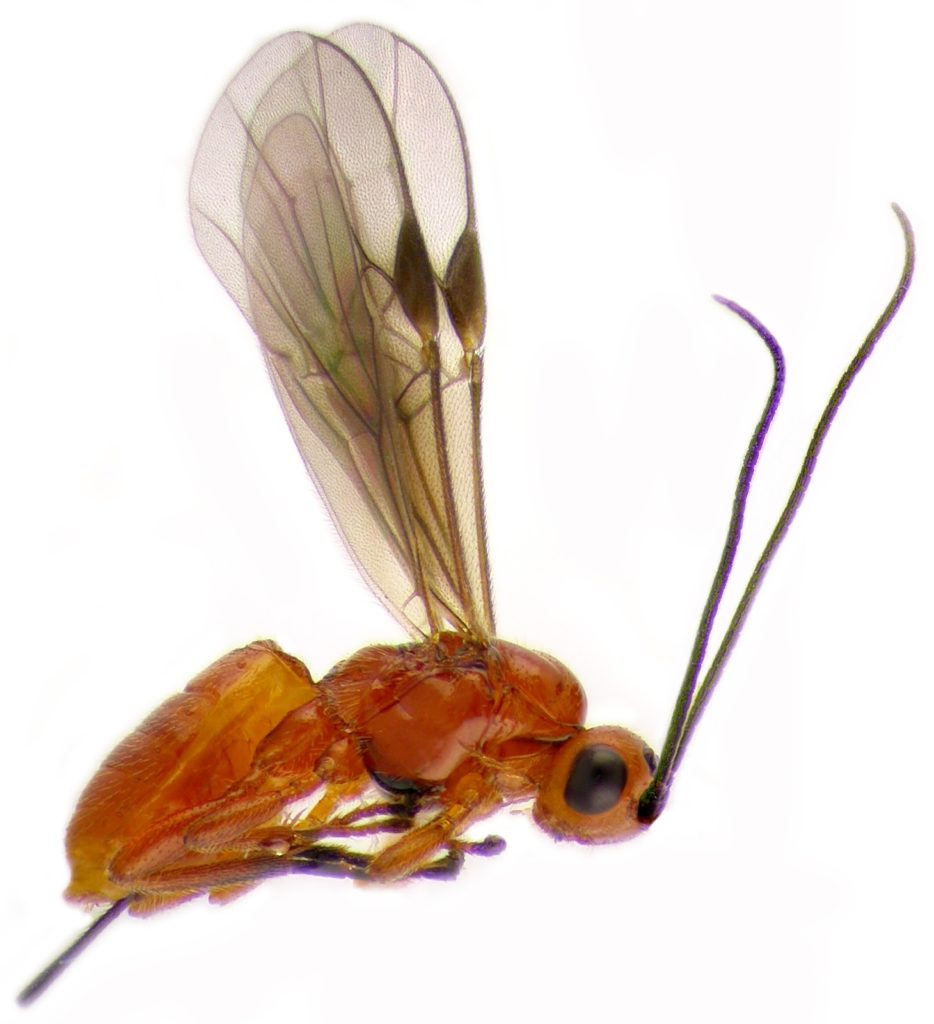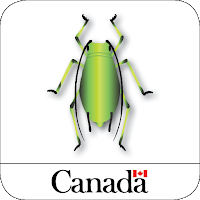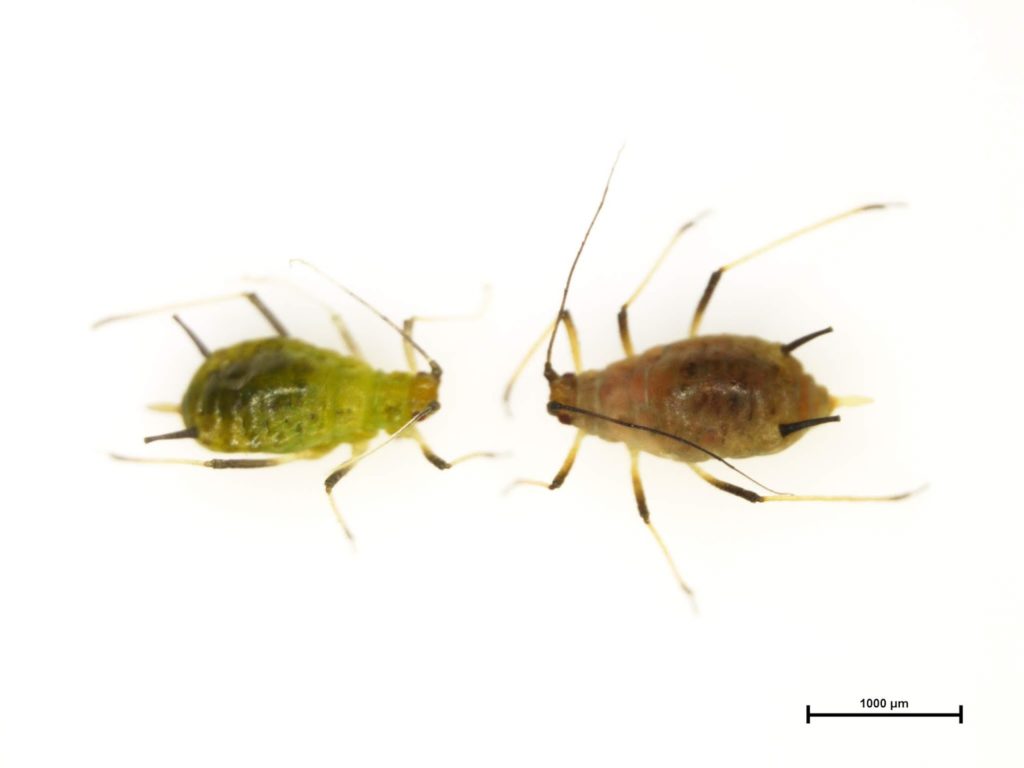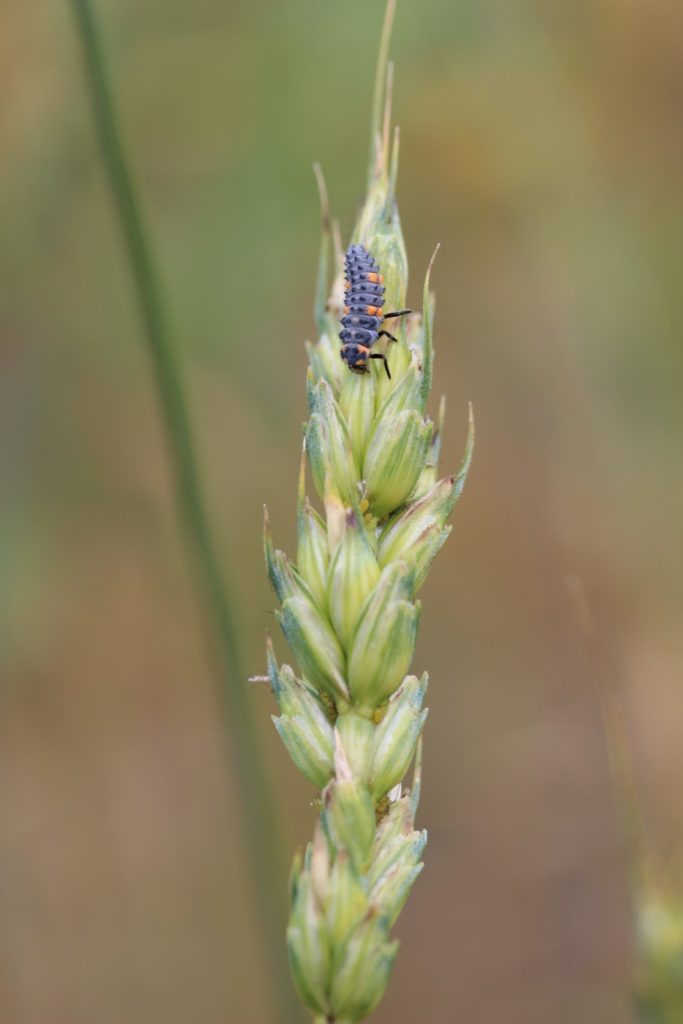Hello!
We’re doing a bit of catch-up with the Weekly Update….
Please view the Weekly Update FOR WEEK 14 (August 9, 2018) which is available only as a PDF. Also review the Insect of Week for Week 14 featuring both the Natural enemies of wheat stem sawfly plus the English grain aphid.
The Weekly Update FOR WEEK 15 (August 16, 2018) is available as either as a series of Posts OR a downloadable PDF version. Also review the “Insect of the Week” for Week 15!

Questions or problems accessing the contents of this Weekly Update? Please e-mail either Dr. Meghan Vankosky or Jennifer Otani. Past “Weekly Updates” can be accessed on our Weekly Update page.
Subscribe to the Blog by following these three steps!




